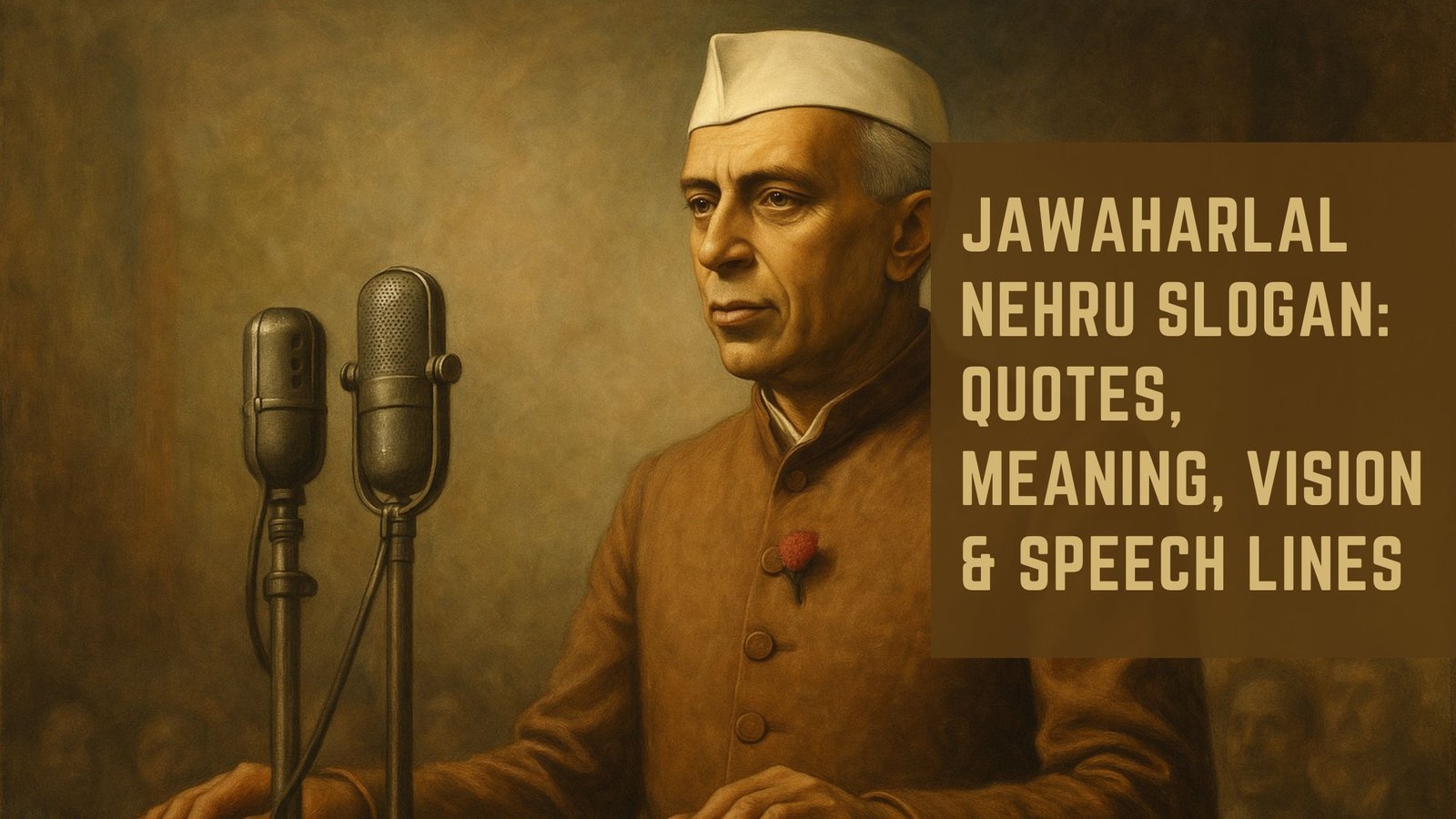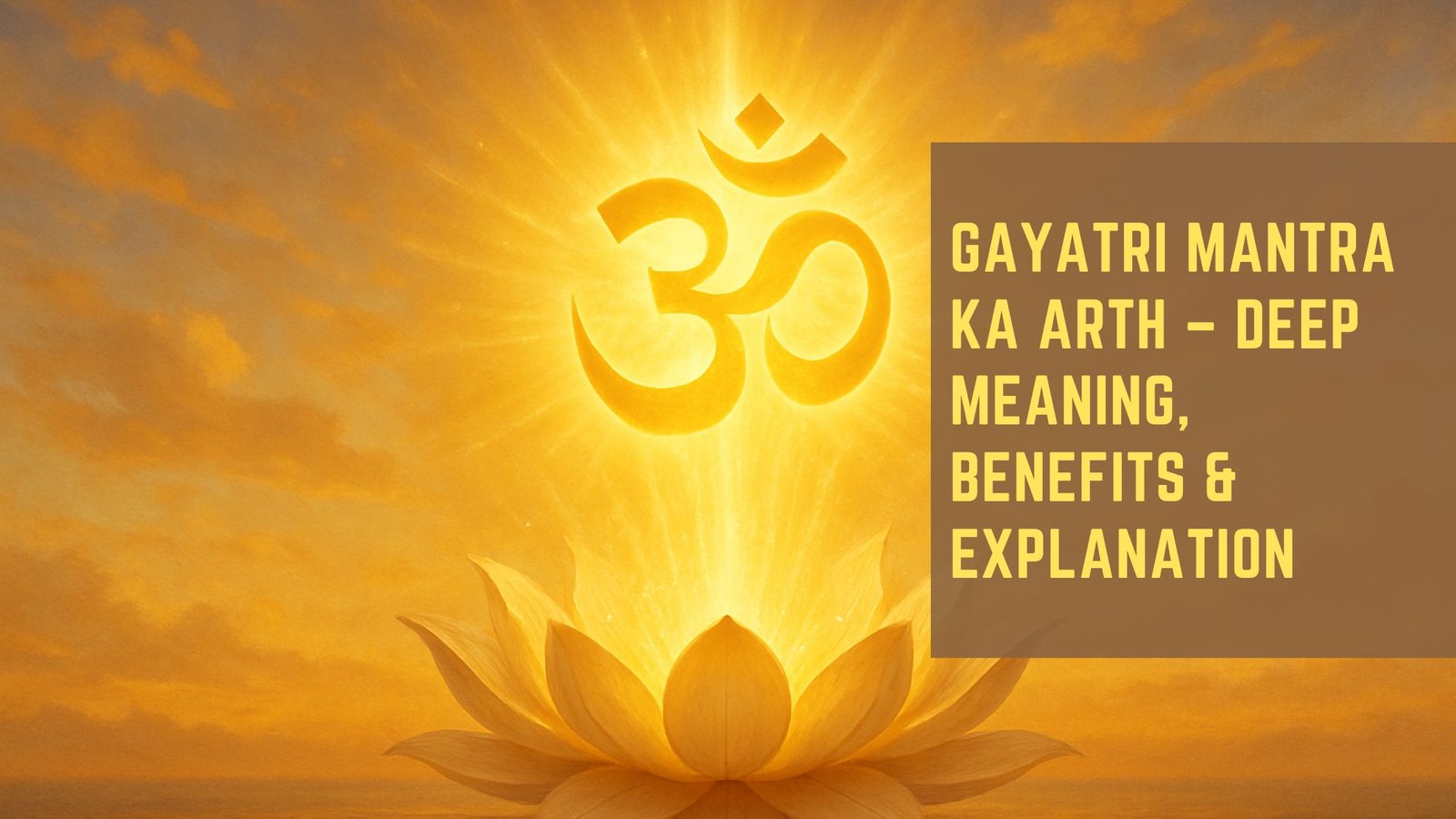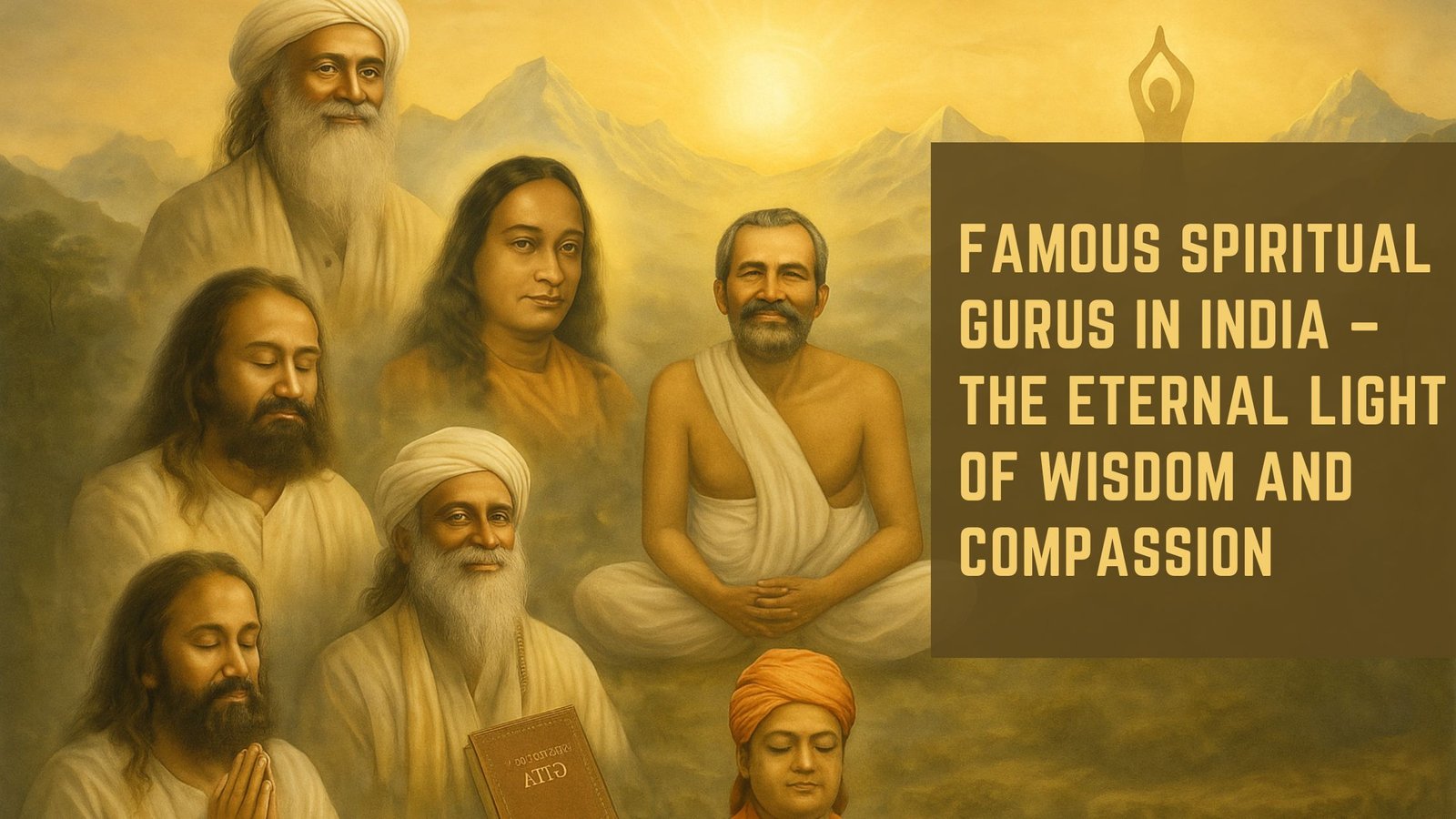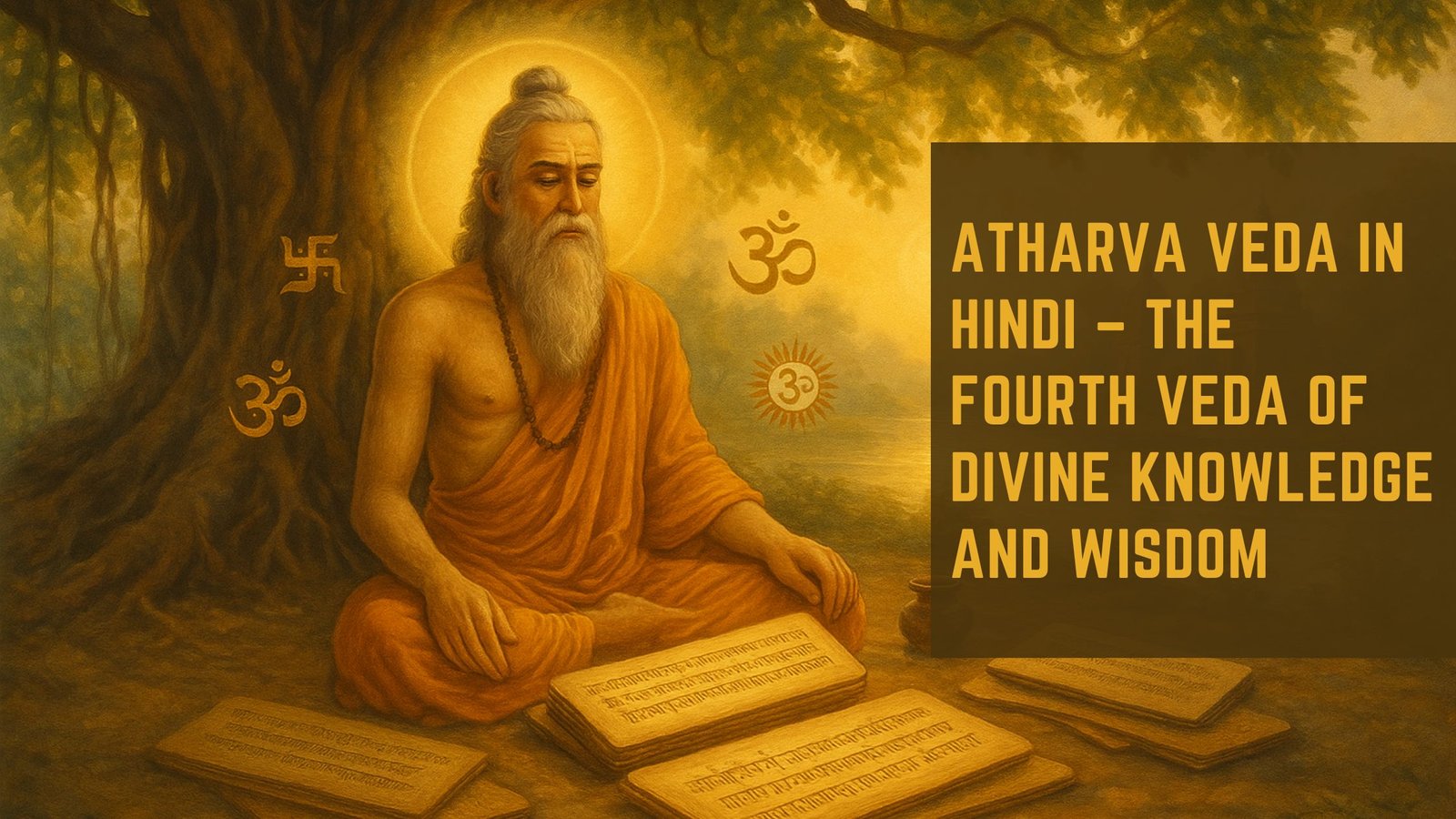The Bhagavad Gita, often referred to simply as the Gita, stands as one of the most revered texts in Hindu philosophy and spirituality. This ancient scripture, composed in the form of a dialogue between Prince Arjuna and Lord Krishna, encapsulates profound philosophical insights and ethical dilemmas that resonate across time and culture. The Gita is not merely a religious text; it serves as a guide for personal development, moral decision-making, and spiritual enlightenment.
Its verses delve into the nature of reality, the self, and the universe, offering wisdom that transcends the confines of its historical context. At its core, the Bhagavad Gita addresses the fundamental questions of human existence. It explores themes such as duty (dharma), righteousness, and the pursuit of truth.
The dialogue unfolds on the battlefield of Kurukshetra, where Arjuna grapples with his moral quandaries about fighting in a war against his own kin. This setting serves as a metaphor for the internal struggles faced by individuals in their quest for purpose and meaning.
Key Takeaways
- The Bhagavad Gita is a sacred Hindu scripture that is part of the Indian epic Mahabharata, and it is a conversation between Prince Arjuna and the god Krishna.
- The historical context of the Bhagavad Gita is set in the battlefield of Kurukshetra, where Arjuna is filled with doubt and moral dilemma about fighting in the war.
- The teachings of the Bhagavad Gita revolve around the concepts of duty (dharma), righteousness, and the path to spiritual enlightenment through selfless action and devotion to God.
- The Bhagavad Gita holds great significance in ISKCON (International Society for Krishna Consciousness) as it is considered a central text for understanding the teachings of Krishna and the path of devotion (bhakti).
- ISKCON’s interpretation of the Bhagavad Gita emphasizes the importance of surrendering to Krishna, chanting the Hare Krishna mantra, and following the principles of devotional service.
- In ISKCON, the practical application of the Bhagavad Gita involves engaging in devotional practices, such as attending temple ceremonies, studying scripture, and participating in community service.
- The Bhagavad Gita has a profound impact on ISKCON followers, guiding them in their spiritual journey, providing moral and ethical guidance, and fostering a sense of community and devotion to Krishna.
- In conclusion, the Bhagavad Gita continues to have enduring relevance in ISKCON, serving as a source of inspiration, guidance, and spiritual wisdom for its followers.
The historical context of the Bhagavad Gita
Historical Context and Composition
The Gita emerged as a response to these evolving spiritual landscapes, synthesizing diverse ideas while reaffirming the importance of dharma and devotion. Its historical backdrop is marked by social upheaval and the quest for spiritual truth, reflecting the broader cultural currents of its time.
The text is part of the Indian epic Mahabharata, specifically situated within the Bhishma Parva.
The Mahabharata and the Gita’s Significance
The Mahabharata itself is a monumental work that narrates the story of two rival families—the Pandavas and the Kauravas—culminating in a great war. The Gita’s placement within this epic underscores its significance as a philosophical treatise amidst a narrative filled with conflict and moral ambiguity.
Philosophical and Societal Implications
The historical context enriches the understanding of the Gita’s teachings, as it addresses not only personal dilemmas but also societal issues such as justice, duty, and the consequences of one’s actions.
Timeless Relevance of the Gita
The Gita’s exploration of these themes continues to resonate with readers today, offering insights into the human condition and the pursuit of spiritual growth and self-awareness.
The teachings of the Bhagavad Gita

The teachings of the Bhagavad Gita are multifaceted, encompassing various philosophical concepts that have influenced countless individuals over centuries. One of its central tenets is the idea of dharma, or duty, which emphasizes the importance of fulfilling one’s responsibilities in accordance with one’s nature and societal role. Arjuna’s initial reluctance to engage in battle serves as a catalyst for Krishna’s teachings on duty, illustrating that one must act according to their dharma even when faced with difficult choices.
This principle encourages individuals to rise above personal desires and align their actions with a higher purpose. Another significant teaching is the concept of yoga, which in the context of the Gita refers to a disciplined path toward spiritual realization. The text outlines various forms of yoga, including Karma Yoga (the path of selfless action), Bhakti Yoga (the path of devotion), and Jnana Yoga (the path of knowledge).
Each path offers unique insights into how individuals can cultivate their spiritual lives while engaging with the world around them. By integrating these practices into daily life, followers are encouraged to develop a deeper connection with themselves and the divine.
The significance of the Bhagavad Gita in ISKCON
| Metrics | Data |
|---|---|
| Number of Bhagavad Gita Copies Distributed | Millions |
| Number of Bhagavad Gita Classes Conducted | Thousands |
| Impact on ISKCON Members | Significant |
| Integration in ISKCON Practices | Deeply Integrated |
The International Society for Krishna Consciousness (ISKCON), founded in 1966 by A.Bhaktivedanta Swami Prabhupada, places immense significance on the Bhagavad Gita as a foundational text for its teachings and practices. Within ISKCON, the Gita is viewed not only as a philosophical guide but also as a practical manual for living a life centered around devotion to Lord Krishna. The organization emphasizes that understanding and applying the principles outlined in the Gita can lead to spiritual awakening and fulfillment.
ISKCON’s reverence for the Bhagavad Gita is evident in its widespread dissemination among followers and seekers alike. The organization has translated and published numerous editions of the text, often accompanied by commentaries that elucidate its teachings in contemporary language. This commitment to making the Gita accessible reflects ISKCON’s mission to spread Krishna consciousness globally.
By promoting the Gita’s teachings, ISKCON aims to inspire individuals to cultivate a deeper relationship with Krishna and embrace a life rooted in devotion.
ISKCON’s interpretation of the Bhagavad Gita
ISKCON’s interpretation of the Bhagavad Gita is deeply influenced by Gaudiya Vaishnavism, a tradition that emphasizes devotion to Lord Krishna as the supreme deity. In this context, ISKCON views the Gita through a lens that highlights Krishna’s role as both teacher and divine guide. The organization underscores that Krishna’s instructions to Arjuna are not merely historical but are relevant to all individuals seeking spiritual truth today.
This perspective encourages followers to see themselves in Arjuna’s struggles and to apply Krishna’s wisdom to their own lives. Moreover, ISKCON emphasizes Bhakti Yoga as a central theme within its interpretation of the Gita. The organization teaches that devotion to Krishna is paramount and that through sincere worship and service, individuals can attain liberation from material bondage.
This focus on devotion shapes ISKCON’s practices, including chanting the Hare Krishna mantra, participating in communal worship (satsang), and engaging in acts of service (seva). By interpreting the Gita in this way, ISKCON fosters a community centered around love for Krishna and encourages followers to embody these principles in their daily lives.
The practical application of the Bhagavad Gita in ISKCON

Integrating Spirituality into Daily Life
In ISKCON, the Bhagavad Gita’s teachings are woven into the fabric of community life and individual practice. Devotees are encouraged to incorporate its principles into their daily routines, creating an environment where spirituality permeates every action.
Selfless Service and Devotion
Followers engage in various activities that embody the spirit of Karma Yoga, such as cooking for communal feasts (prasadam), organizing educational events, and participating in charitable initiatives. These acts of selfless service are seen as expressions of devotion that align with one’s dharma.
Meditation, Chanting, and Personal Transformation
Meditation and chanting are integral practices derived from the Gita’s teachings on Bhakti Yoga. ISKCON encourages followers to chant the Hare Krishna mantra as a means of connecting with Krishna and cultivating inner peace. This practice not only serves as a form of devotion but also acts as a tool for personal transformation, enabling devotees to better navigate life’s challenges while remaining anchored in their faith.
The impact of the Bhagavad Gita on ISKCON followers
The impact of the Bhagavad Gita on ISKCON followers is profound and transformative. Many devotees report experiencing significant shifts in their perspectives on life, relationships, and personal challenges after engaging with its teachings. The Gita provides a framework for understanding suffering and joy through the lens of spiritual growth, encouraging individuals to view obstacles as opportunities for learning rather than mere hardships.
This shift in mindset fosters resilience and empowers followers to approach life’s uncertainties with greater equanimity. Moreover, the sense of community fostered by ISKCON enhances the impact of the Gita’s teachings on individual lives. Devotees often find solace in shared practices and collective worship, reinforcing their commitment to living according to dharma and devotion.
The support system within ISKCON allows individuals to discuss their struggles openly while receiving guidance rooted in Gita philosophy.
The enduring relevance of the Bhagavad Gita in ISKCON
The Bhagavad Gita continues to hold enduring relevance within ISKCON and beyond, serving as a timeless source of wisdom for those seeking spiritual fulfillment amidst life’s complexities. Its teachings resonate with individuals from diverse backgrounds who grapple with questions about duty, purpose, and morality. In an ever-changing world marked by uncertainty and conflict, the Gita offers guidance that transcends cultural boundaries and speaks to universal human experiences.
As ISKCON continues to promote Krishna consciousness globally, it remains committed to sharing the profound insights found within the Bhagavad Gita. Through its teachings on devotion, duty, and self-realization, followers are inspired to cultivate deeper connections with themselves and others while striving for spiritual enlightenment. Ultimately, the enduring legacy of the Bhagavad Gita lies not only in its historical significance but also in its capacity to illuminate paths toward inner peace and fulfillment for generations to come.
The essence of the Bhagavad Gita according to ISKCON teachings is beautifully explained in the article “The Bhagavad Gita: A Timeless Guide to Life”. This article delves into the timeless wisdom found in the Gita and how it can serve as a guide for navigating life’s challenges and dilemmas. It highlights the importance of understanding the teachings of the Gita in order to live a fulfilling and purposeful life.
FAQs
What is the essence of Bhagavad Gita according to ISKCON?
The International Society for Krishna Consciousness (ISKCON) teaches that the essence of the Bhagavad Gita is to develop a loving relationship with the Supreme Personality of Godhead, Krishna, through devotional service.
What are the key teachings of the Bhagavad Gita according to ISKCON?
ISKCON emphasizes the key teachings of the Bhagavad Gita, including the concept of the eternal soul, the importance of performing one’s duty without attachment to the results, and the practice of devotional service to Krishna as the ultimate path to spiritual realization.
How does ISKCON interpret the Bhagavad Gita’s teachings on karma and reincarnation?
ISKCON teaches that the Bhagavad Gita’s teachings on karma and reincarnation emphasize the law of cause and effect, and the cycle of birth and death. According to ISKCON, one’s actions in this life determine the nature of one’s next life, and the ultimate goal is to attain liberation from this cycle through devotion to Krishna.
What is the significance of the Bhagavad Gita in ISKCON’s teachings?
The Bhagavad Gita is considered a central scripture in ISKCON’s teachings, as it provides practical guidance for living a spiritually fulfilling life and offers insights into the nature of the self, the material world, and the Supreme Being, Krishna.
How does ISKCON encourage the study and practice of the Bhagavad Gita?
ISKCON encourages its members and followers to study the Bhagavad Gita through regular reading, discussion, and contemplation of its teachings. Additionally, ISKCON promotes the practice of bhakti yoga, or devotional service, as a means of applying the Gita’s principles in daily life.










